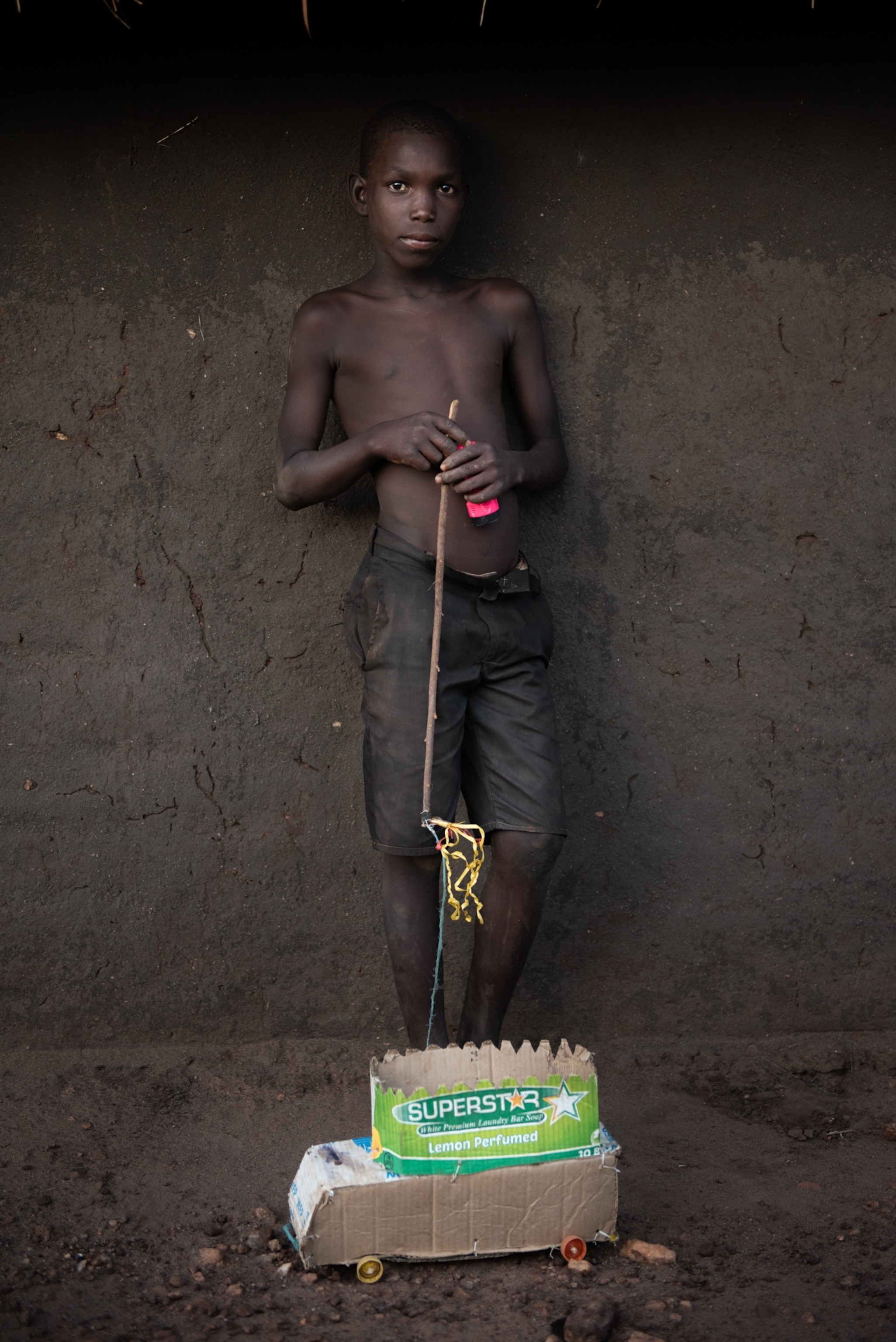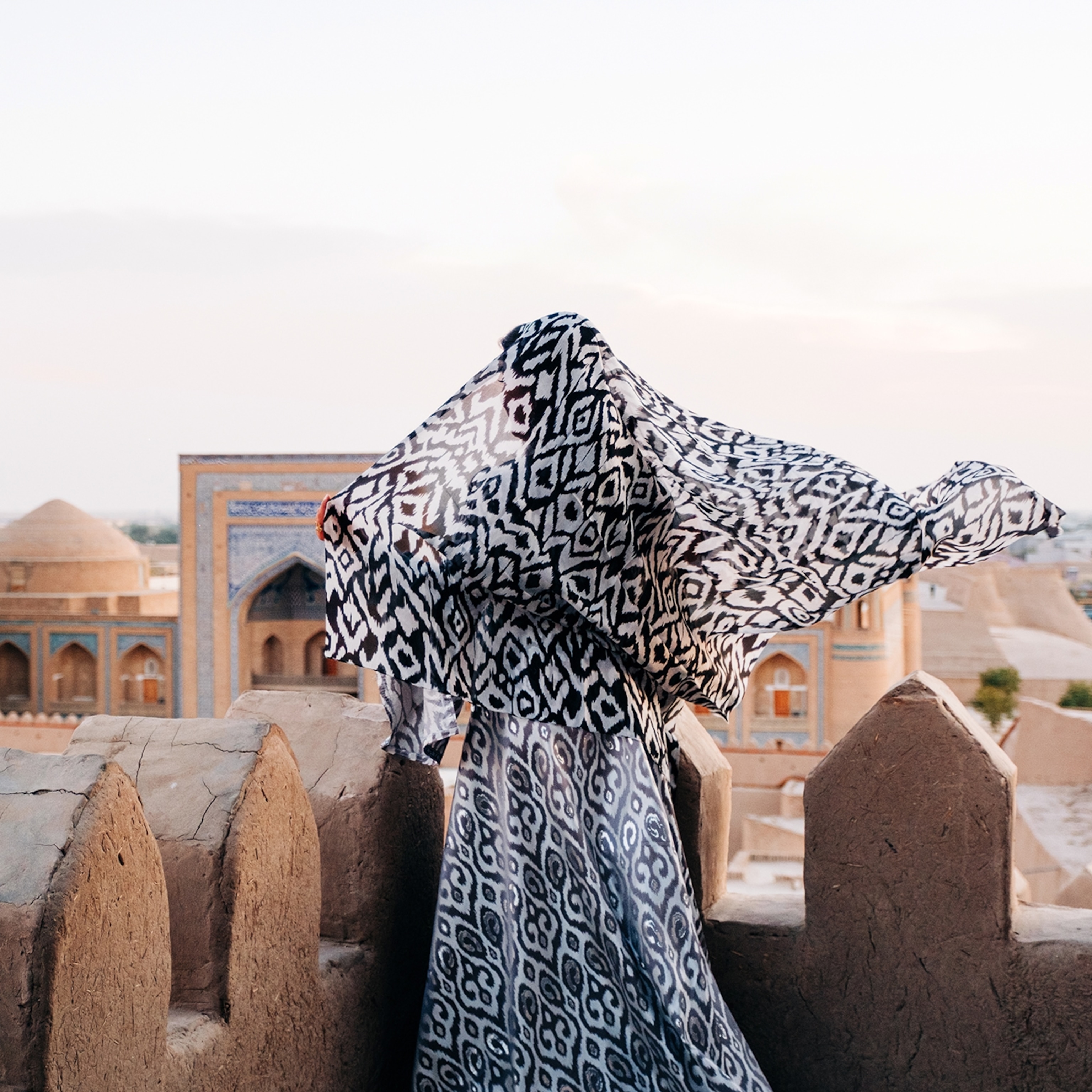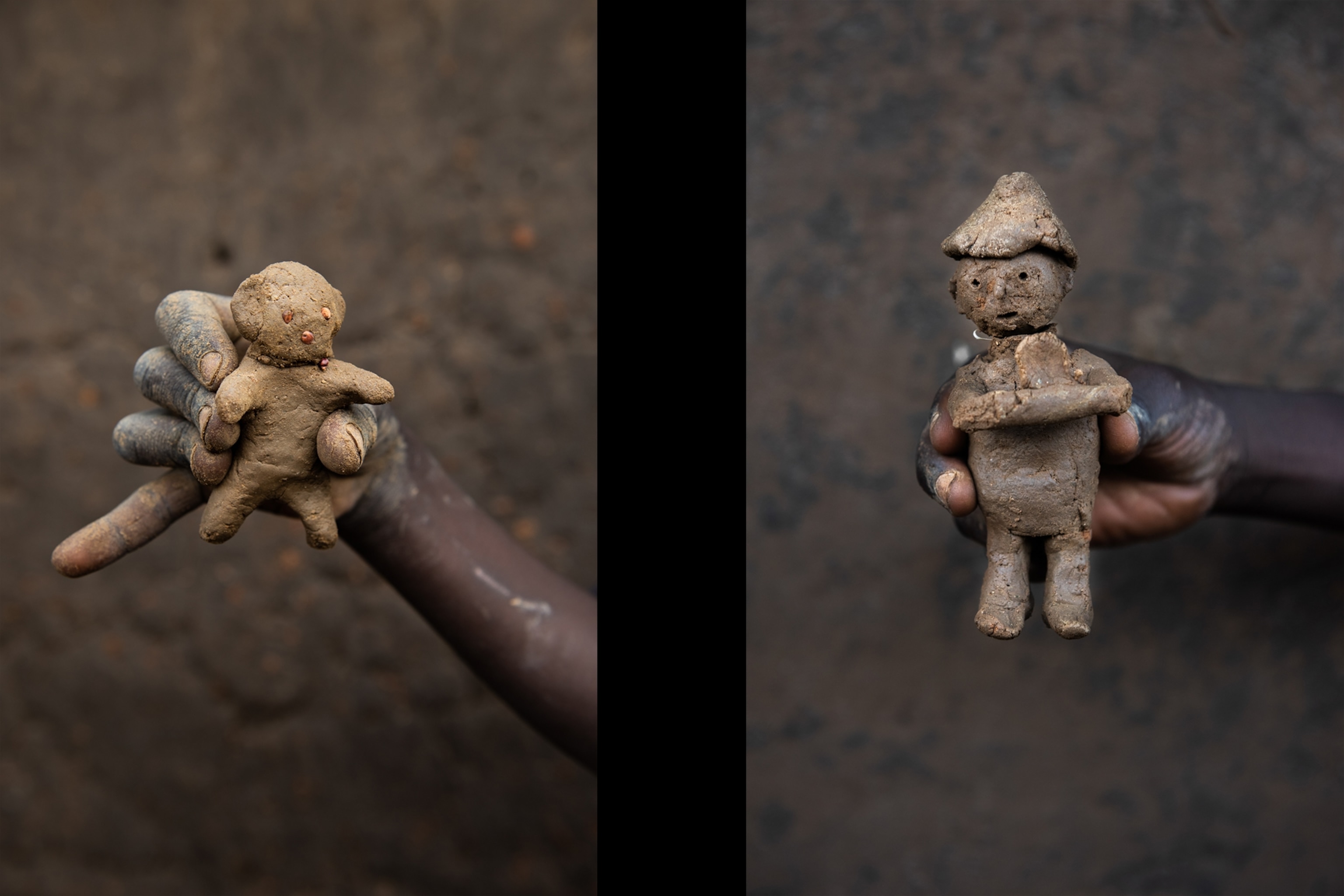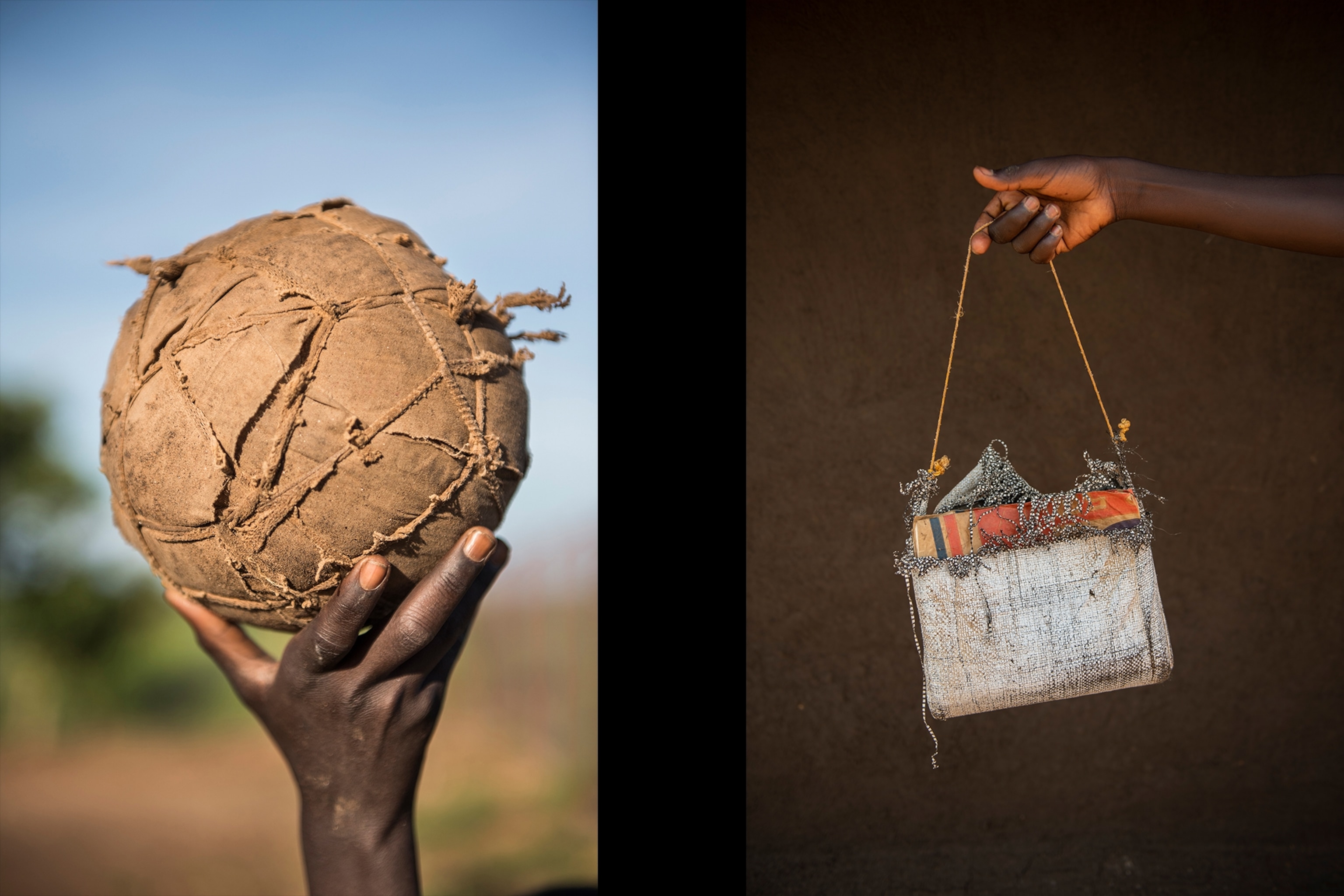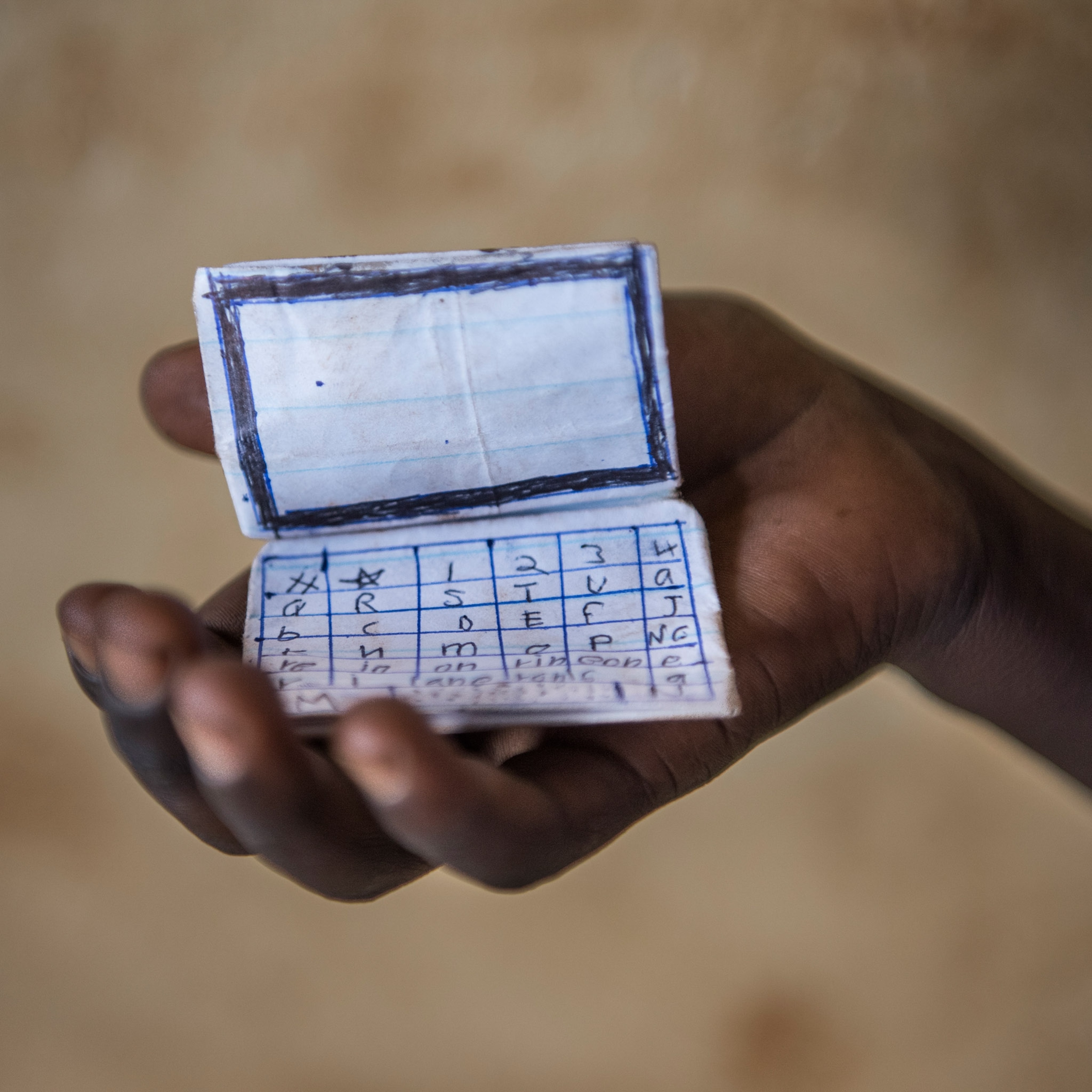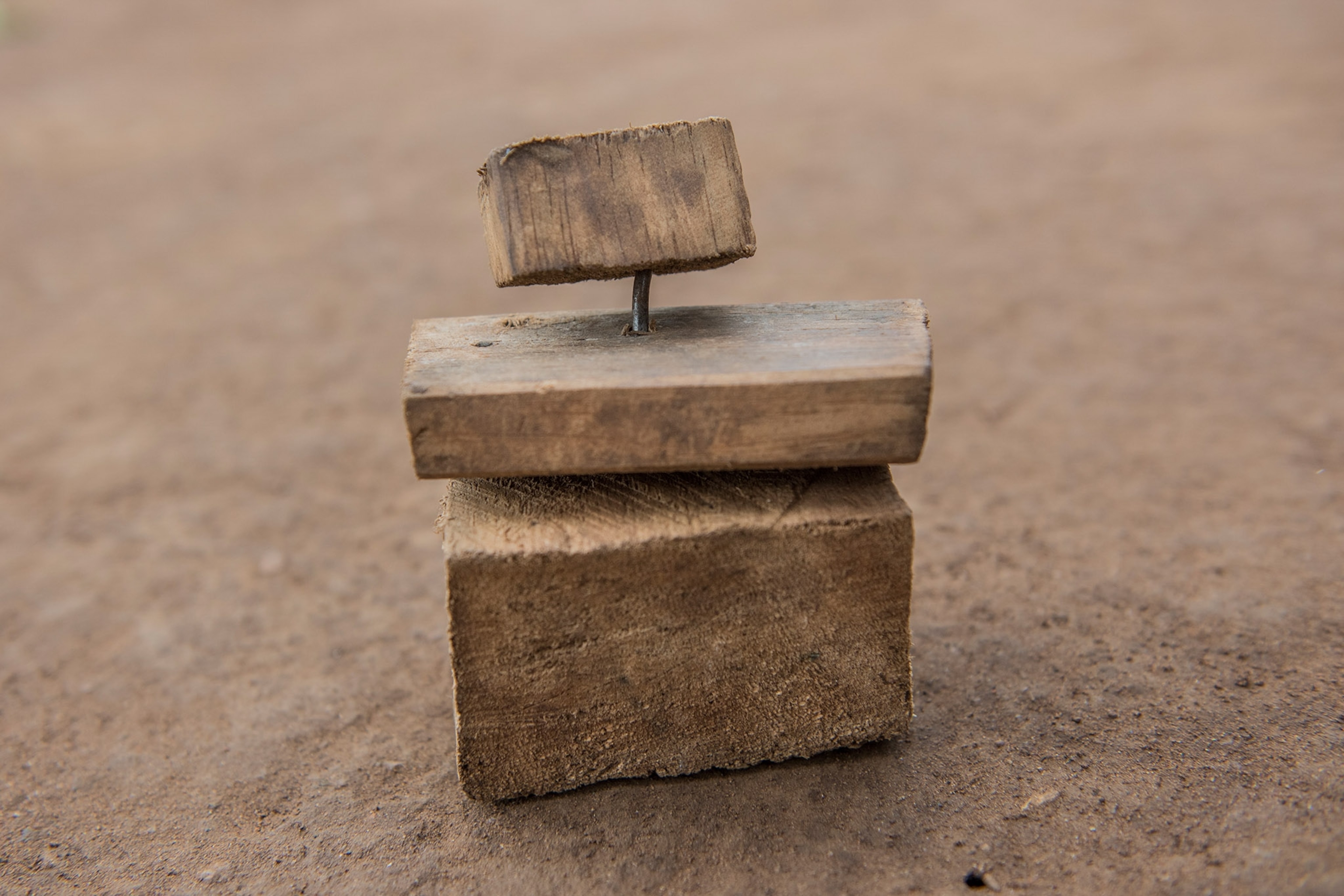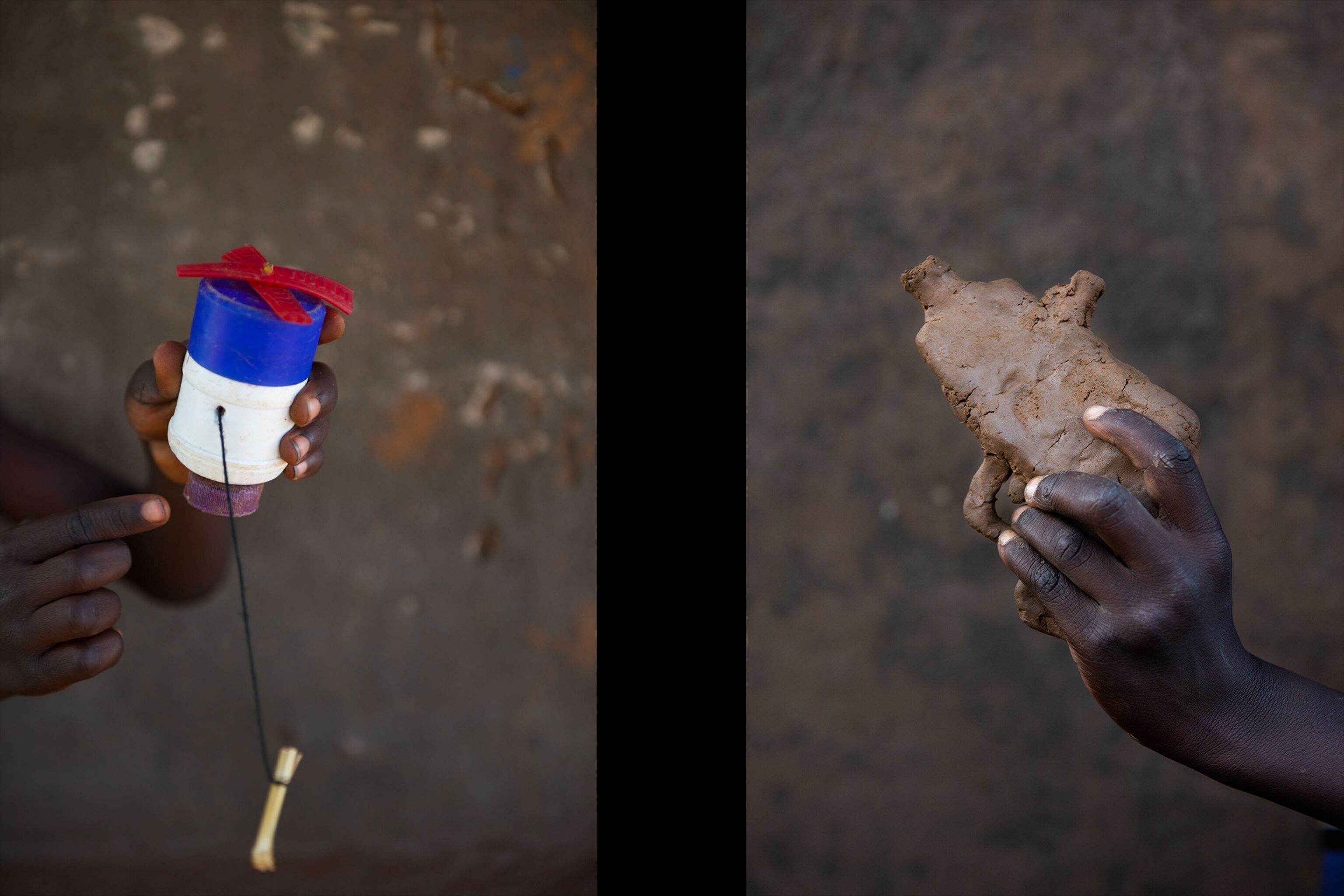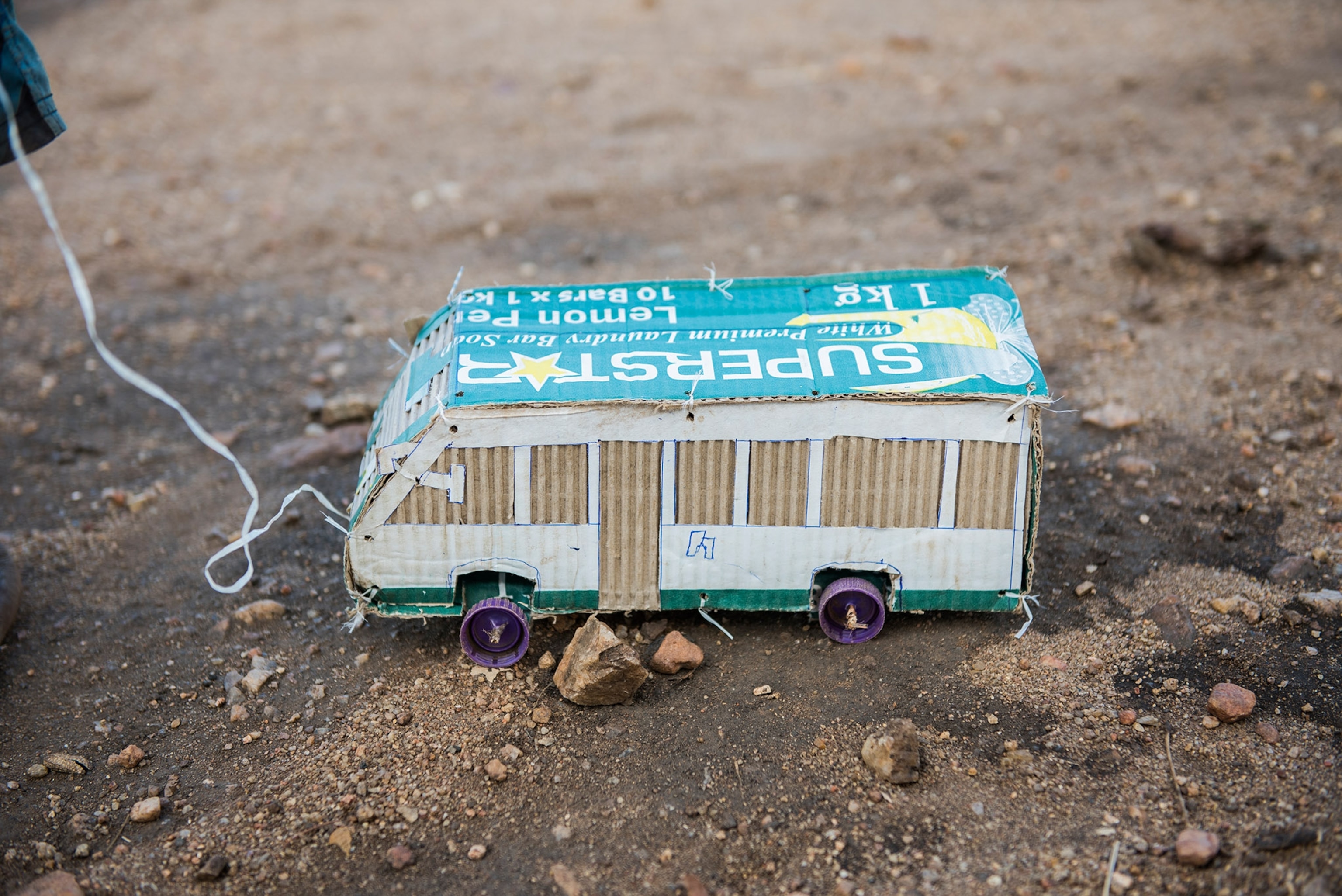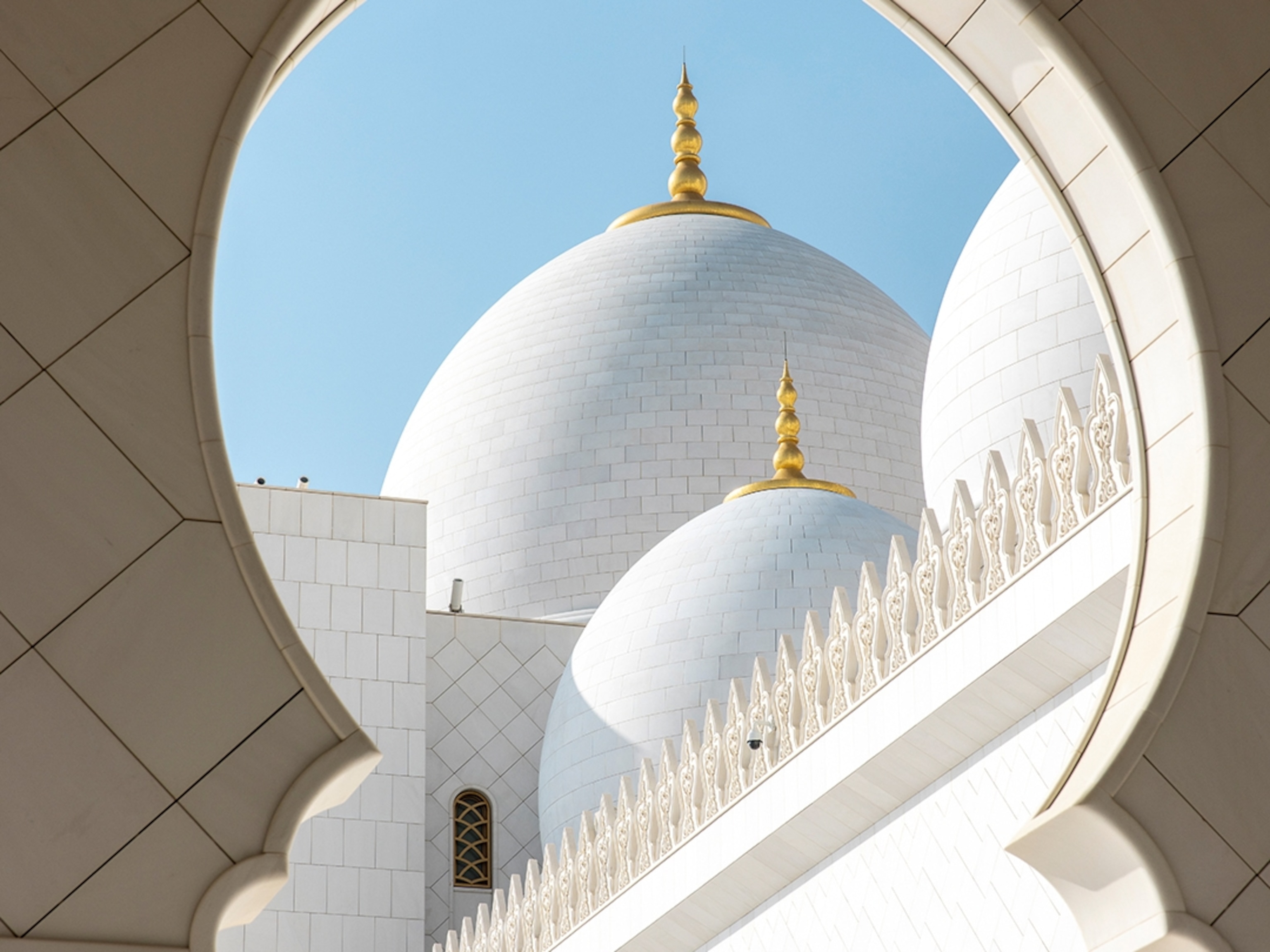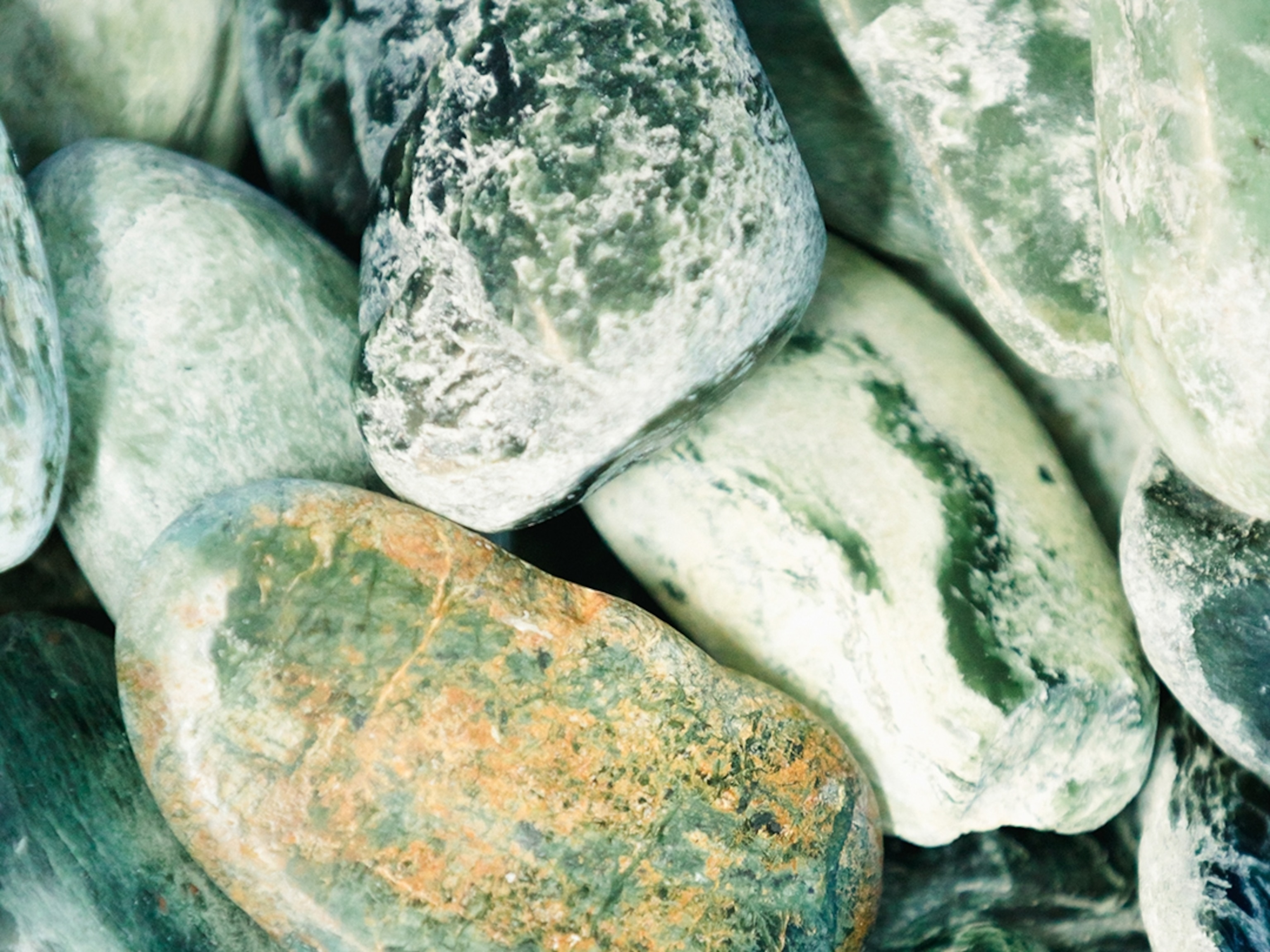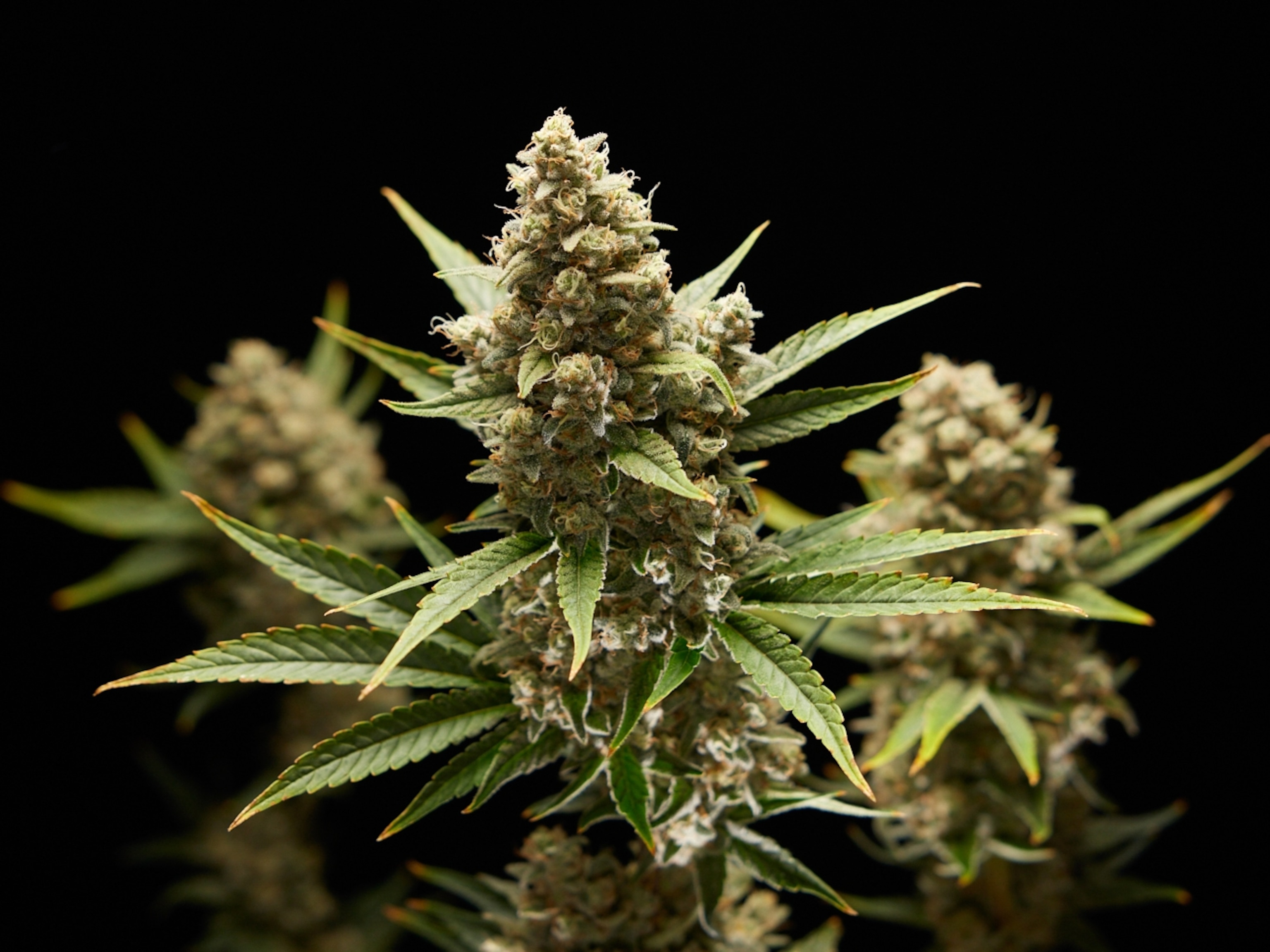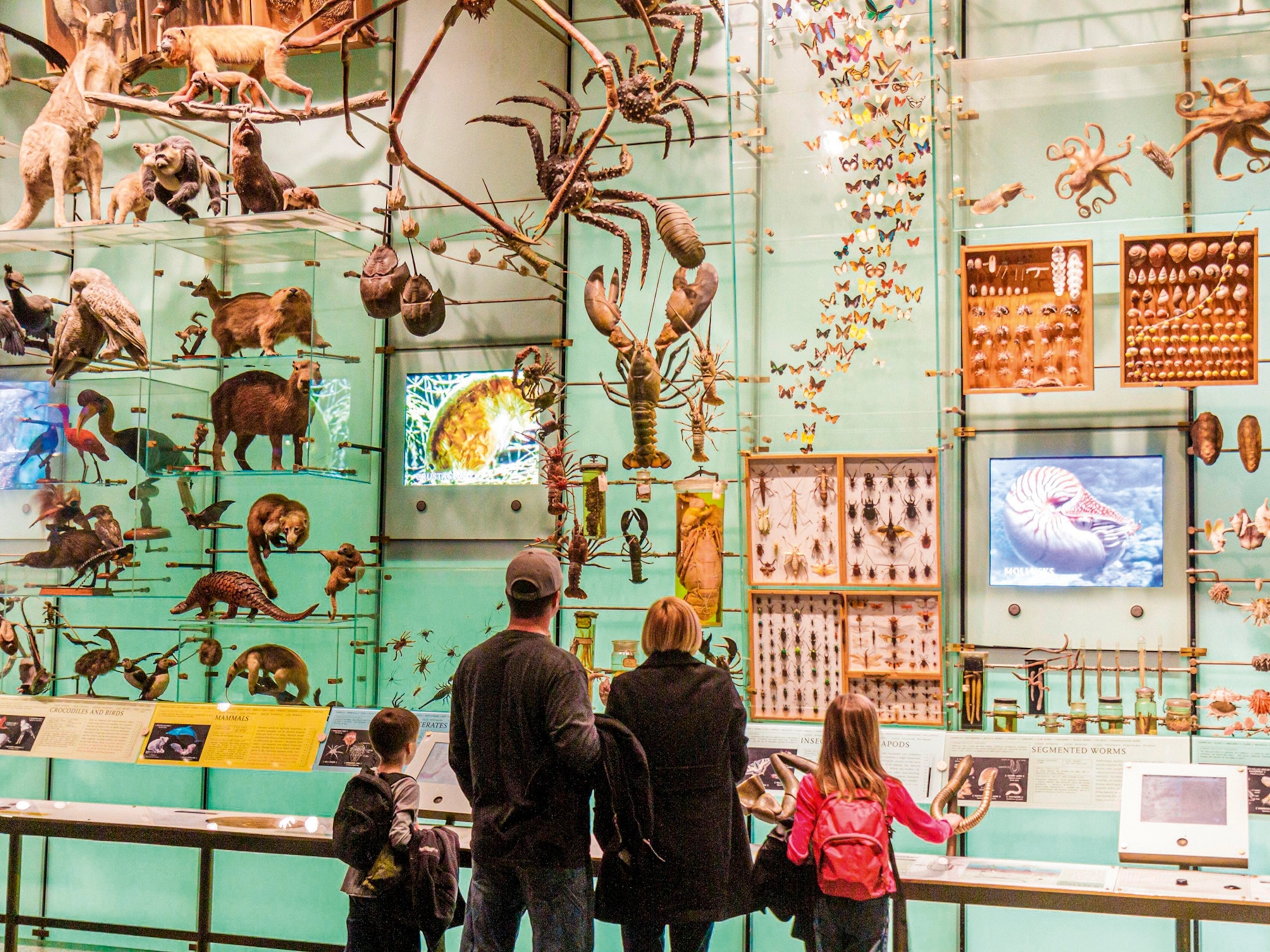Bidibidi, Uganda — They hear our car before they see it speeding down the main road enveloped in a cloud of red dust. The dust is so thick a few days later I see a young girl swipe some and paint it on her mouth like lipstick. By the time we pull under the shade of a tree, the children are ready, small clay figurines in hand, for their photoshoot. They offer them nervously at first, then boastfully. Toy-less children run off and quickly return with mounds of clay being furiously molded into cars, limbs, and other shapes.
These kids would have been the first generation to grow up in an independent South Sudan, if war hadn’t so quickly dispelled them. Today, more than 1 million children have fled the country, building new lives in refugee camps scattered in Uganda and other neighbors of South Sudan. Even in the most remote places, kids learn how to entertain themselves and for the nearly 200,000 children living in Bidibidi the malleable red dirt provides something to play with.
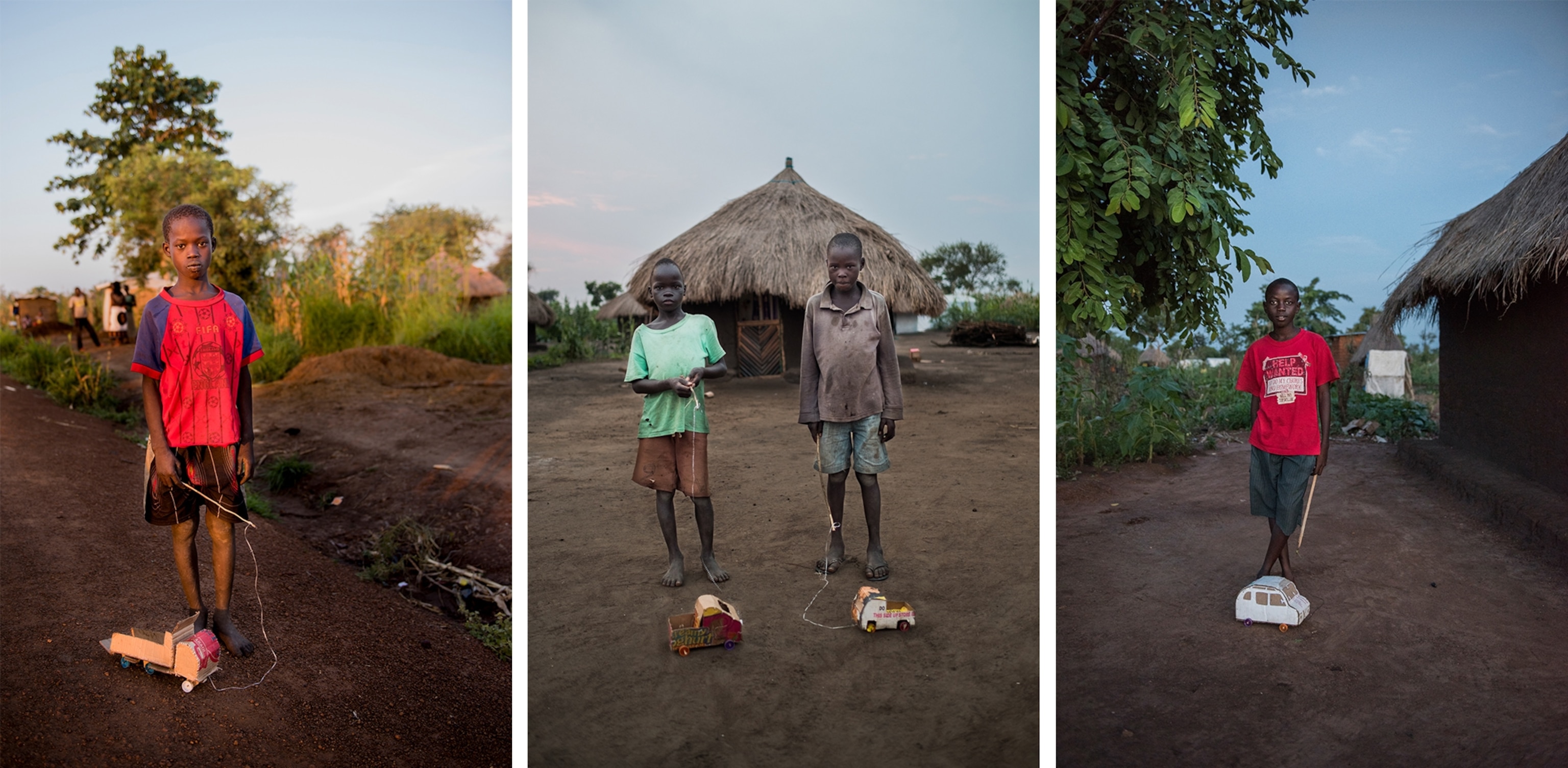
Bibibidi, a sprawling settlement in northern Uganda, holds a quarter-million South Sudanese refugees. Zone 5 is the furthest away from the original camp center, more than an hour from the first zone where the UN and humanitarian organizations make their base. And village 19, where we’ve just arrived, is nearly on the edge of the London-sized camp.
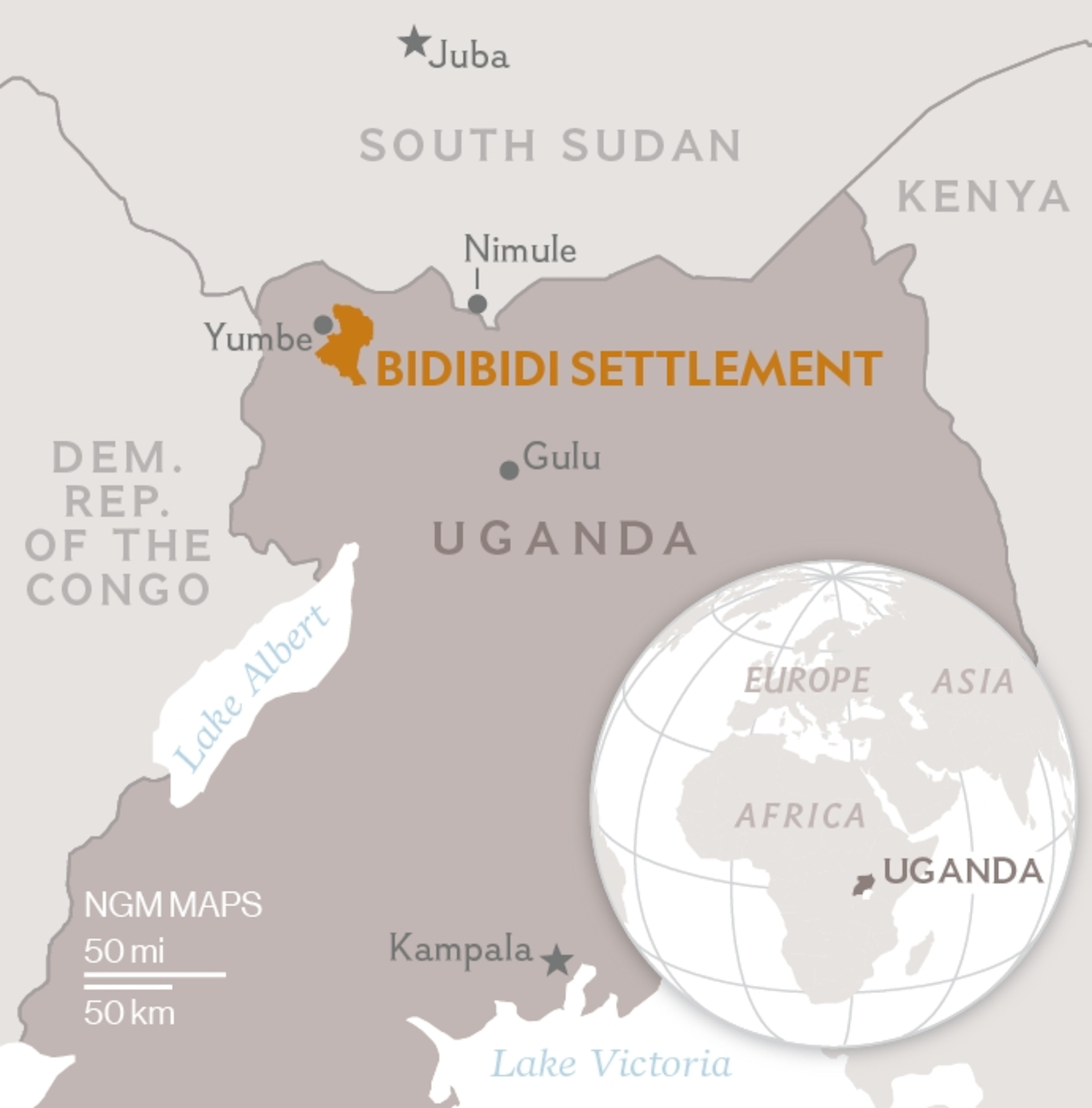
Photographer Nora Lorek and I have come to this village to meet with a group of South Sudanese women making decorative bed sheets called milaya, their eye-popping bird, flower, and tree designs all embroidered by hand. In South Sudan, women learn the craft from their mothers and grandmothers, stashing away boxes of them for dowries or to decorate the house on special occasions. Each one can take weeks or months to sew, the women bent over little circles of taut fabric surrounded by embroidery hoops. Now, the task is done mostly out of habit, or maybe boredom; in Bidibidi there are few customers. The milayas decorate outdoor churches and courtyards hosting funerals. The mothers sew while their kids go to school, fetch water, and shape new toys for their collection.
Nearby, Nora spots a little boy playing with a toy shaped out of deep brown mud. She asks to take his picture, and he stands against the similarly colored backdrop of a nearby hut with his hand outstretched to display the toy. Other kids come with trucks crafted out of World Food Program boxes, plastic bottle cars, and various electronics shaped out of mud. In the remote camp, where there's little to buy and do, kids have made their own entertainment.

Our translator, a 24-year-old named Asha who seems to be related to half the camp, tells us she and her brother would spend hours making mud toys as children in South Sudan. They’d carefully craft them only to pound them flat and remold them into something new. When she was older her mother taught her to sew milaya, and that creation she still has: a pink sheet with purple, yellow, and red flowers flanked by bundles of leaves.

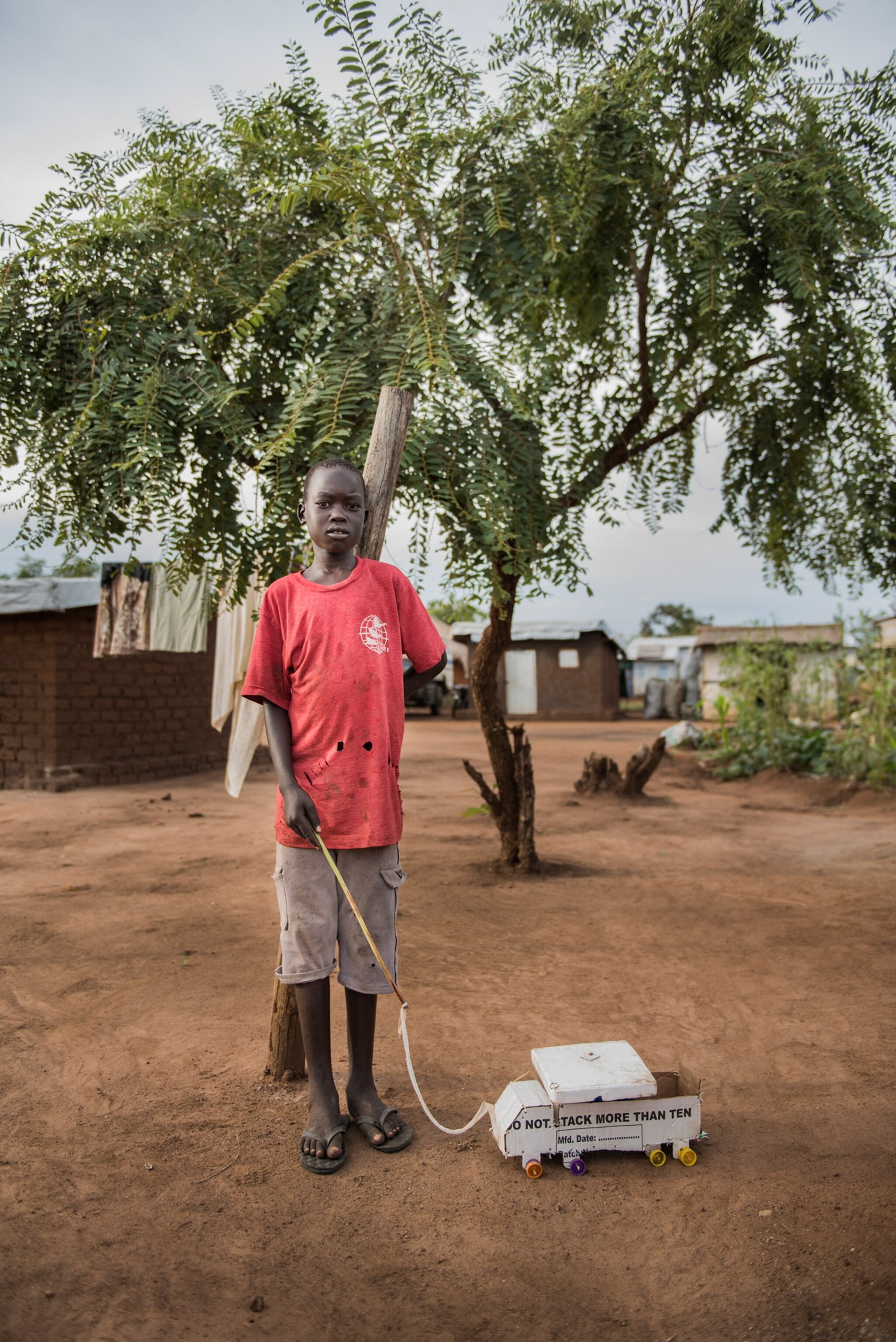
If you ask the residents of Bidibidi what they took when they left South Sudan, most say they threw a few possessions into a bed sheet, locked their home, and started walking. On the road to Uganda, Asha told us that kids would die of exhaustion or malnutrition and parents would bury them under piles of leaves under trees. When they’d stop for the night to sleep she feared accidentally laying down on top of a dead child.
In 2011, South Sudan was declared the world’s newest country after a half-century of war against northern Sudan. Hopes for the hard-won freedom were short lived. The country exploded into civil war in 2013 and again in 2016. Racing a massacre, people streamed over the border with Uganda. In August, 6,000 refugees were arriving per day. A thick forest sprinkled with mud-hut villages transformed into the world’s largest refugee camp. Today, Bidibidi is second in size only to Cox’s Bazar in Bangladesh, with some 225,000 residents.
In Uganda, unlike most of the world, temporary citizens have the right to work and get an education. Because of this progressive refugee policy, the camp looks nothing like the tent-cities you might find is refugee crises elsewhere. Families live in clusters of huts with small plots of corn, rice, and vegetables. Most of the water comes out of taps; more than half of the schools are permanent structures; and brick-and-mortar health clinics are under construction.

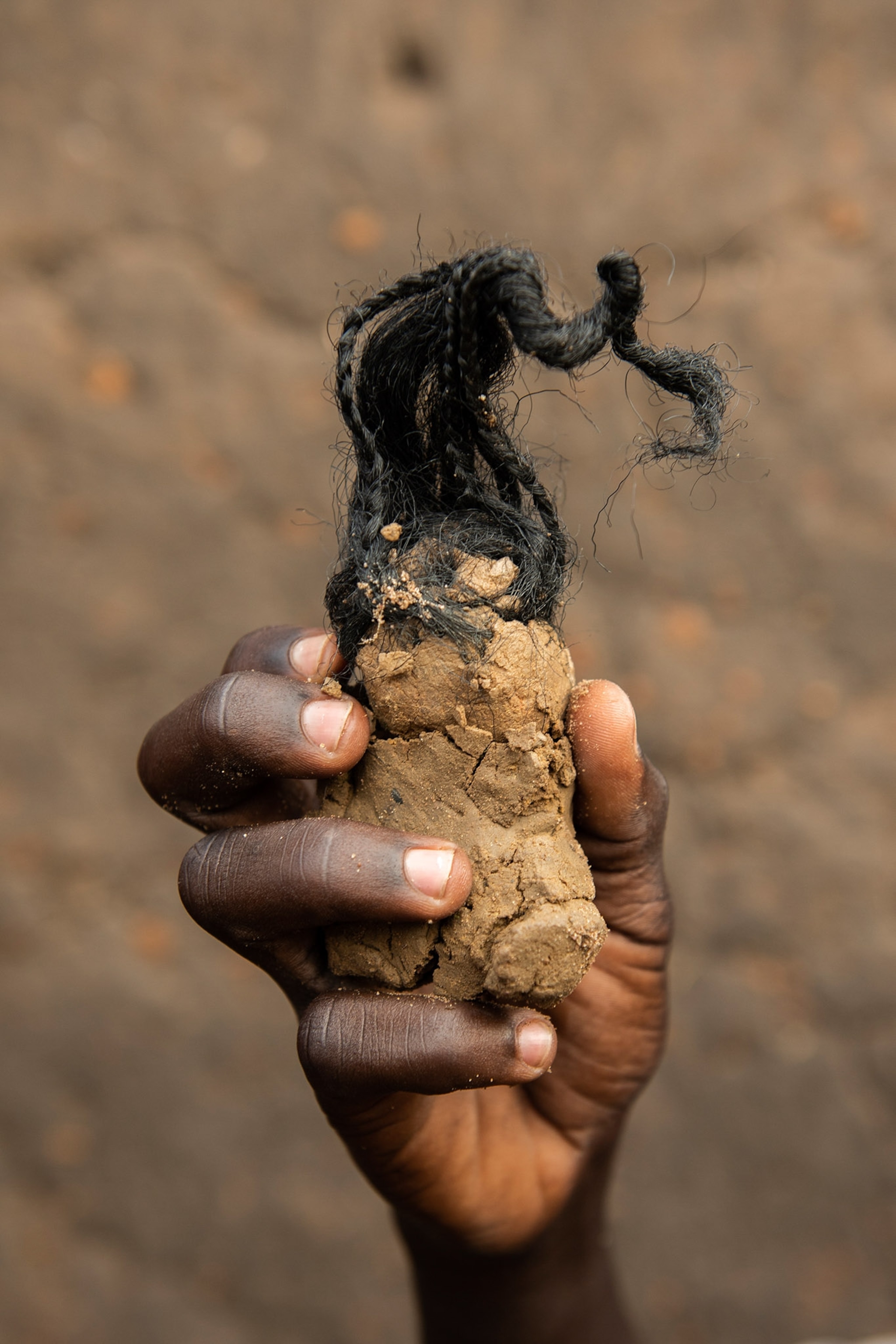
So, the residents live in safety but poverty. Homes are filled with handouts from NGOs: a thin foam mattress, plastic chairs, and solar-power lamps. There’s little to buy: market stands sell pieces of soap and warm soda. Anything extra is handmade, but the kids have adapted by using the material that’s most plentiful: dirt. Now we’ve arrived to admire their ingenuity. Asha pulls them one by one in front of the camera and pushes back the circle of gawkers as it threatens to block the afternoon light.

A couple days later, the children hear our car arrive again to the village and get into formation. Dozens line the roadside where we pull over in front of a small tea shop. By the time we gather our bags and open the door we’re bombarded with the latest creations: a clay man pushing a wheelbarrow with toothpick handles. A doll with wild black hair sprouting from its head. A tiny helmeted rider crouched on a motorcycle with wheels held together by stick axles.
A boy with a life-size clay gun holds it gingerly for Nora’s camera as Asha ushers the rest into line behind her. The kids press tightly together, laughing and yelling. Some are still putting the finishing touches on their creations. At the end of the line, a boy in a plaid shirt with a wide smile lingers behind the rest as he works a fresh piece of round clay into something new.
